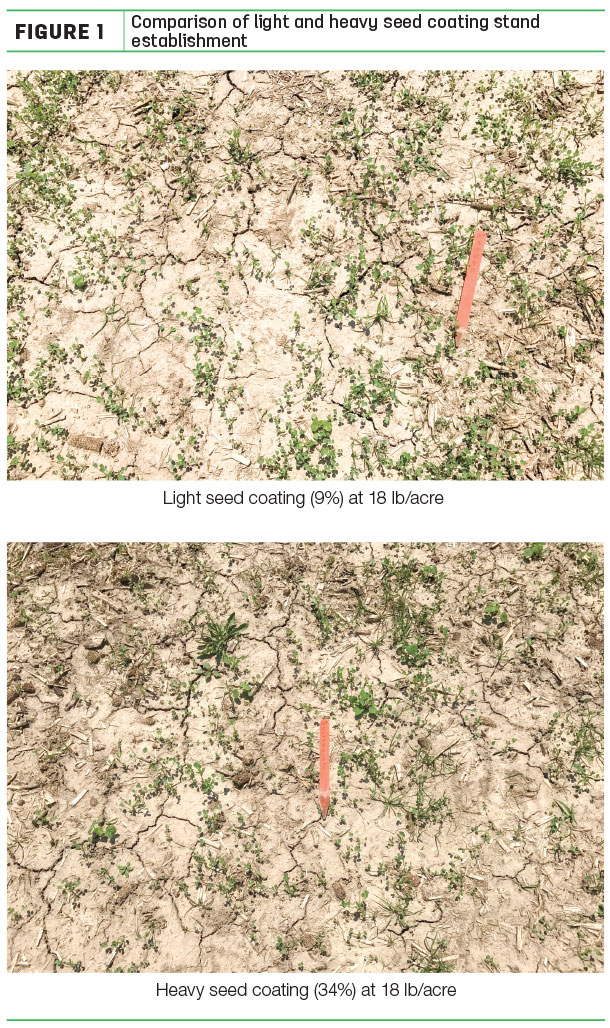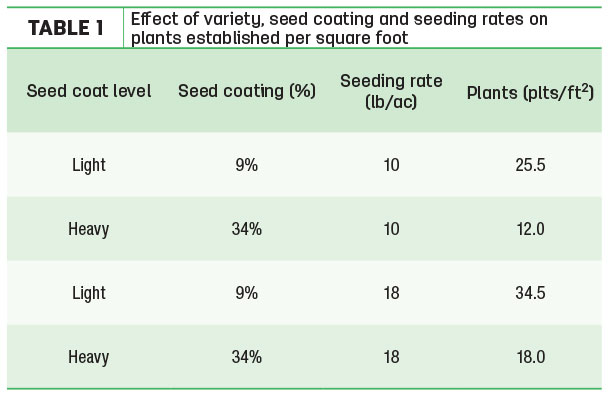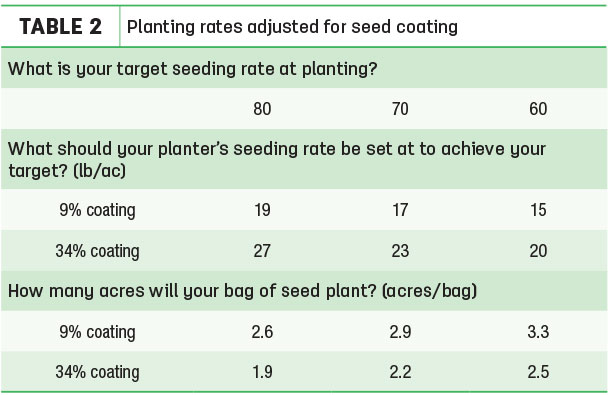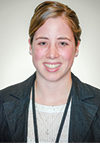Genetics behind the seed
There are only a handful of alfalfa breeders left in North America who provide companies with new genetics. A primary goal of alfalfa breeders is to select for both winter hardiness and resistance to the key disease and insect pests found in North America.
Traits highly impacted by genetic improvement include winter hardiness, root rot resistance, forage yield potential, standability and forage quality. While in Canada there is limited third-party data on alfalfa varieties, companies selling alfalfa should be able to provide you with helpful data that allows you to make informed decisions.
Seed treatment and coatings
Seed companies sell alfalfa seed with differing types of seed coating. This can range from raw seed with no coating to heavy-coat seed with up to 34 percent coating material applied. Companies typically list any fungicides or inoculants applied to the seed on the seed tag or label.
Often, there is additional coating material applied to the seed consisting of mica (or mica clay) to increase the size of each seed and improve flowability through the planter. The mica clay content is not identified on the seed tag, but the total amount of seed treatment plus mica clay must be identified on the seed tag.
The tag will indicate the proportion of the coated seed weight that is actual seed. It is important to know the percentage of seed coating (or inert material), as this will affect seeding rate (see the seeding rates section).
 Fungicide seed treatments are important, as they protect the seed and newly emerged seedlings from Pythium and Phytophthora root rots that may be present during this growth stage. A rhizobium inoculant is applied as part of the seed coating to ensure adequate nodulation of the roots (allowing the plant to produce its own nitrogen).
Fungicide seed treatments are important, as they protect the seed and newly emerged seedlings from Pythium and Phytophthora root rots that may be present during this growth stage. A rhizobium inoculant is applied as part of the seed coating to ensure adequate nodulation of the roots (allowing the plant to produce its own nitrogen).
Keep in mind, seed companies may have varying opinions for seed coatings, and it can be difficult to know what coating type is more beneficial. One point that often gets missed is: Seed coatings do not impact germination rates. If a seed label is listed as having 90 percent germination, by law it must meet that standard no matter what kind or level of seed coating is applied.
A 2017 study compared the effects of a heavy versus light seed coat on stand establishment success at two seeding rates. Field preparation was identical for each treatment. Two varieties were used – one with a 9 percent seed coat, the other with a 34 percent seed coat – and both had a germination percentage of 90 percent.
Seeding equipment was precisely calibrated for each variety to plant at 10 or 18 pounds per acre. Following emergence, alfalfa seedlings were counted from 10 random locations and then averaged for each treatment.
As Table 1 shows, heavy seed coating levels significantly reduced early stand establishment success – as measured by established plants per square foot – resulting in marginal stands for long-term stand life. The light seed coat (9 percent) variety seeded at 10 or 18 pounds per acre established an acceptable stand count at both seeding rates.

Seeding rates
Seeding rates in alfalfa traditionally focused on how many pounds per acre to plant. This results in a wide range of actual seeds planted per acre. A more precise method is to set a target seeding rate in terms of seeds per square foot.
Most university researchers recommend planting between 60 to 80 seeds per square foot. High seeding rates (70 to 80 seeds per square foot) allow alfalfa seedlings to better compete with weeds and help compensate for cloddy soil conditions in non-optimal seedbeds.
Seeding at lower rates (50 to 60 seeds per square foot) can be adequate in optimal soil conditions or sandy soils. However, low seeding rates also increase the risk of nonuniform or spotty stands, which can hurt production over the entire life of the alfalfa stand.
Research suggests only about 50 percent of planted seeds will emerge as seedlings in three to four weeks, with another 50 percent lost by the next spring. So at a seeding rate of 70 seeds per square foot, we would expect to have at least 15 to 20 alfalfa plants per square foot by the beginning of the second year. This is within the goal of 15 to 25 plants per square foot for the first production year.
It is important to remember, when seeding alfalfa, planter adjustments are required to compensate for seed coating level (inert materials) and germination (found on seed tag) differences. Table 2 can help determine how many pounds per acre (“out of the bag”) are needed to hit the target seeding rate (assumes 220,000 seeds per pound and 90 percent germination).

By adjusting planter settings to compensate for different seed coating levels, you will likely have a greater number of established seedlings, which can lead to higher yields and longer stand life. Alfalfa seeding rates are best determined by targeting the number of seeds per square foot (60 to 80) and then calculating pounds per acre by adjusting for seed coat and germination level. ![]()

-
Martina Pfister
- Ontario Dairy Specialist, Corteva Agriscience, Agriculture Division
- DowDuPont









